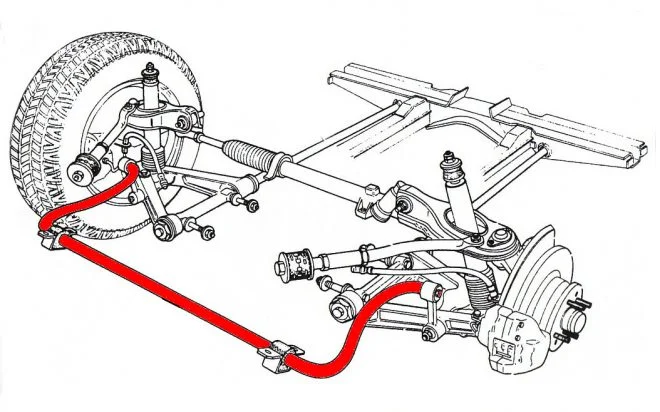ECU Tuning: Benefits, Risks, and the Tuning Process
ECU tuning, or engine control unit remapping, is a process that involves modifying the software within a vehicle's ECU to optimize engine performance. While once a complex and specialized task, advan…
